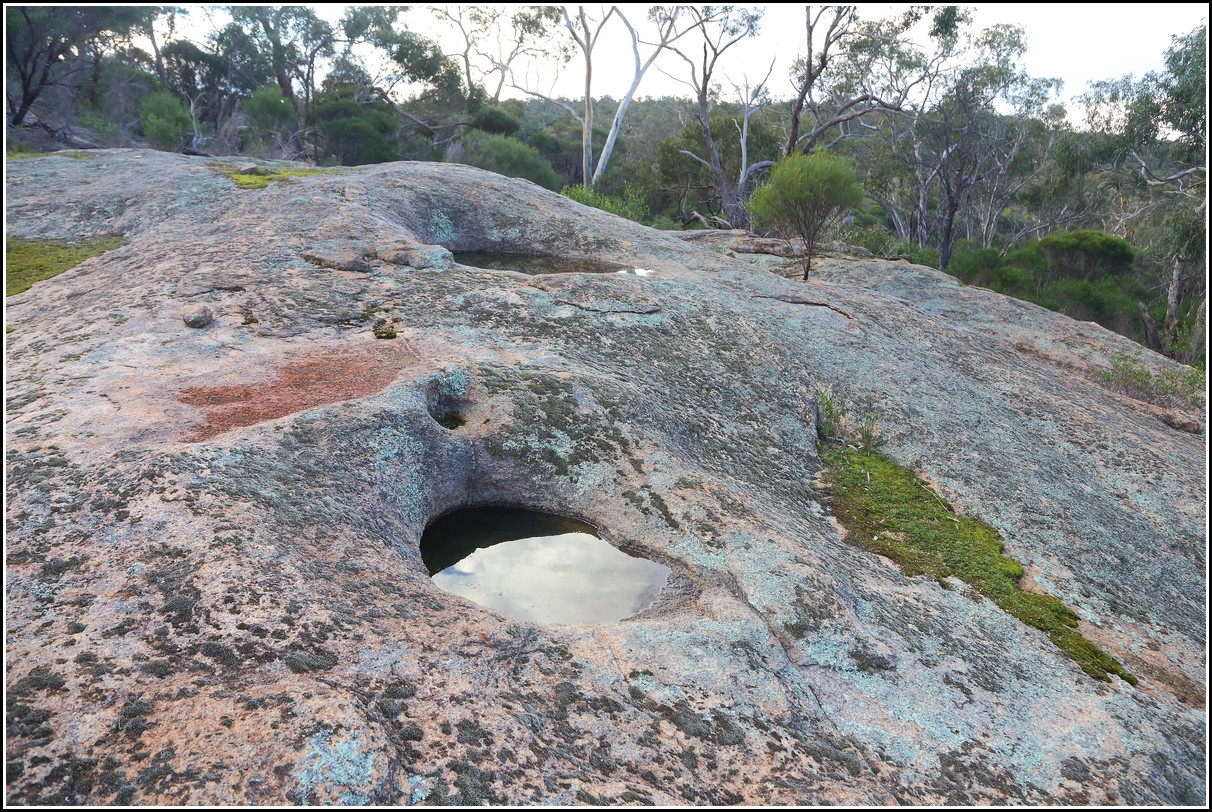So Cat Balou in India issued a Challenge.
“Mo, bet you a bottle of Peter Rumble Sparkling Shiraz that you can’t come up with something for the letter X”.
Darling girl of little faith, submit your order to Dan Murphy’s now.
For Australian trivia purposes X is for XANTIPPE, a small rural locality in Western Australia’s wheat belt. It is located 220 kms north east of the city of Perth and according to the 2016 Census has a population of 20.
It is the only locality name in Australia that begins with X.
Never heard of it.
Established in 1925 it once was a thriving farming community. A school opened in 1930 on Struggle Street to cater to the needs of children, though closed in 1940. ( Anyone else getting Tim Winton vibes?)
The locality’s big feature was the water tank built in 1927, designed to pump water to nearby Dalwallinu, but there were major issues pumping the water uphill. It doesn’t even have its own postcode.
It has been suggested that the name means “looking for water from a deeper well” which ties in with the proliferation of Gnamma holes in the area.
What is a Gnamma hole? According to the Merriam -Webster Dictionary , “a hollow or hole eroded or indented in solid rock of Australian deserts that sometimes contains water.” Apparently these water holes are featured in the 2002 Australian movie, “Rabbit- Proof Fence” which I will now source for the weekend’s *entertainment.

Western Australia extends across a massive area, at least one third of Australia. Honestly, I am familiar only with the Margaret River area and have no enthusiasm to explore Xantippe and its environs. However, if anyone can shed any further light I’de be pleased to hear.

*Entertainment is a poor choice of word for this movie. Based on the book of the same name it is the true story of several young Indigenous girls taken away from their parents who escape the mission to return to their families. The Stolen Generation should not equate to entertainment.

#A-ZChallenge 2024
Australian Trivia


